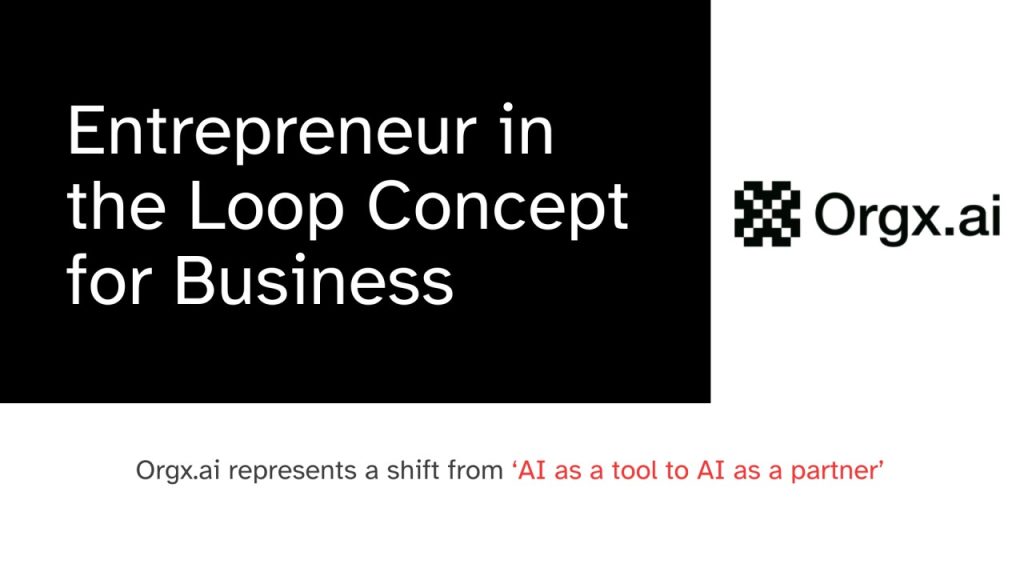In the ever-evolving landscape of Artificial Intelligence, performance shifts have led to intriguing speculations about the efficacy of OpenAI’s latest language model, GPT-4. Recent observations suggest that this behemoth of a model might be exhibiting a downward trend in certain capabilities. This article sheds light on Stanford-based academic research that offers scientific evidence of GPT-4’s declining proficiency in code generation and math over time.
GPT-4: The Technological Marvel in Question
OpenAI’s GPT-4, the latest addition to the repertoire of Large Language Models (LLMs), has been lauded for its exceptional capabilities across numerous domains. However, reports of perceptible degradation in the quality of ChatGPT responses have started making rounds in the tech community, triggering a flurry of discussions about whether OpenAI might be unintentionally “dumbing down” their flagship model. Until recently, these claims lacked empirical substantiation. That is until a group of Stanford researchers put the matter under the microscope.
Unraveling GPT-4’s Declining Trends with Scientific Proof
The Stanford study, a benchmark in the exploration of AI, unearthed startling evidence of GPT-4’s deterioration in coding and math abilities over the past few months. As per their findings, the model’s competence in executable code generations plummeted from 52% to a mere 10% between March and June 2022. Its predecessor, GPT-3.5, too, showed a considerable decrease, going from 22% to just 2% in the same timeframe. This regression has sparked a fervent debate about how OpenAI evaluates its models for improvement or regression.
The Potential Shift in OpenAI’s Strategy
It is postulated that OpenAI may have switched gears, utilizing an array of smaller, specialized GPT-4 models as a cost-effective alternative to the larger one. The premise of this new system design involves directing user queries to the appropriate model. This could inadvertently result in most questions being routed to “dumber” models, which might be a contributing factor to the perceived quality dip in GPT-4’s responses.
A Cautionary Tale of Fragility in LLMs
Irrespective of the reasons behind GPT-4’s quality shift, these findings underscore the inherent fragility of LLMs. Building upon AI is already a complex task, and the task becomes significantly challenging when model capabilities are modified without explicit notifications or explanations. While we might eventually understand the nuanced factors driving the changes in GPT-4, these insights serve as potent reminders for the AI community to continually scrutinize the behavior and capabilities of LLMs.
Conclusion
As OpenAI continues to revolutionize the field of Artificial Intelligence, the fluctuations in GPT-4’s performance are a testament to the dynamic nature of this field. While the objective investigation into these changes is only in its nascent stages, these early findings remind us that while AI technologies hold immense potential, understanding their behavior and controlling their performance is an ongoing process, necessitating a rigorous scientific approach, and an appetite for continuous learning.

